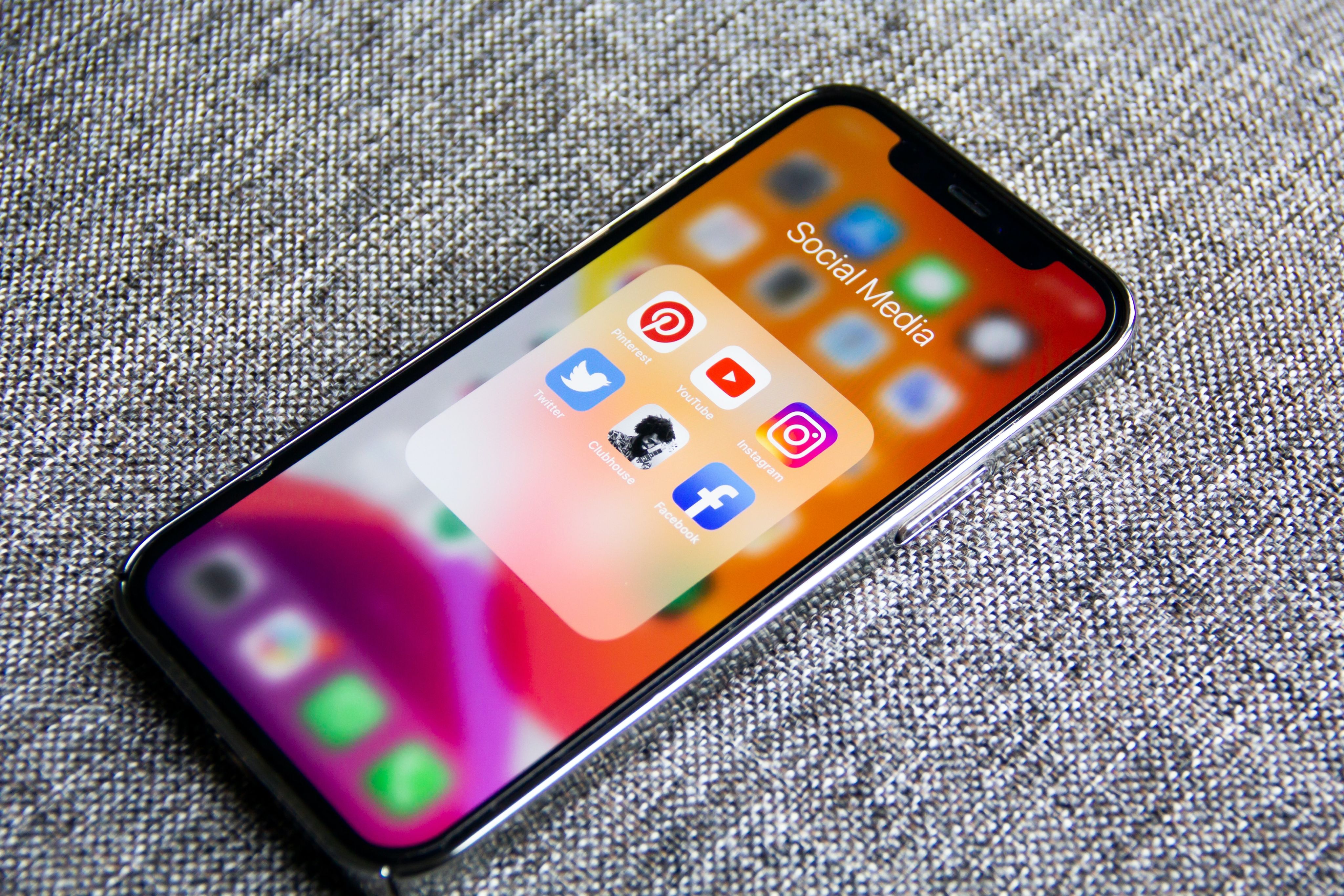Going Viral: The Art and Science of Creating Content That Speaks to the Masses

In a world where content floods our feeds every second, standing out takes more than just creativity. It takes strategy, timing, and a deep understanding of what people want. Going viral is no longer just luck. It’s both an art and a science.
From TikTok dances to Instagram reels, from memes to impactful campaigns, viral content drives the internet, and influences everything from pop culture to purchasing decisions. For students and professionals in media and communication, knowing how to craft content that connects and spreads is now a core skill.
This is where IACT College’s Media and Communication course shines—designed to cultivate students' ability to create compelling content, audience-centric content that informs, engages and resonates on a profound level.
What Does It Mean to "Go Viral"?
Viral content is any media—video, image, article, or post—that rapidly spreads across the internet, mainly through social sharing. It could be funny, emotional, controversial, or simply relatable. But the key ingredient is this: people feel compelled to share it. When content goes viral, it amplifies reach, drives engagement, and increases visibility exponentially, often at little to no cost.
But what makes content go viral?
There’s no guaranteed formula, but research and trends show some common factors. Here are some core elements that contribute:
The Science Behind Viral Content
Going viral may seem random, but there’s data and psychology behind it. Here are the key ingredients:
1. Emotion is Everything
Content that triggers strong emotions. Whether it’s joy, surprise, anger, or inspiration, tends to get shared more. According to a study from the Wharton School, awe-inspiring and emotionally charged content is significantly more likely to go viral.
2. Simplicity and Clarity
The best viral content delivers its message fast. In a world of short attention spans, your content needs to hook users in the first few seconds. Think bite-sized, scroll-stopping, and easily understood.
3. Relatability
People love content that reflects their own experiences or beliefs. When your content feels personal, it becomes shareable. Relatable humor and real-life struggles often strike a chord with wide audiences.
4. Social Currency
We share things that make us look good. If content helps users feel smarter, cooler, or more “in the know,” it’s more likely to be reposted.
5. Timing and Trends
Viral content often rides the wave of a current event, meme, or social movement. By tapping into what's trending, content feels fresh and relevant.
Case Studies: Virality in Action
- ALS Ice Bucket Challenge (2014): Raised over $115 million. It worked because it was fun, easy to replicate, emotionally driven, and for a good cause.
- Spotify Wrapped: Every December, users flood social media with their top music stats. It’s personalised, visual, and share-worthy, blending user data with smart design.
- Ryanair TikToks: The airline gained millions of followers by using bold humour and trending audio clips to connect with younger audiences in unexpected ways.
Why Content Strategy Is a Must-Have Skill
Viral content isn’t just for influencers. It’s a critical tool for brands, campaigns, journalists, and communicators. Being able to understand audience behavior, interpret social trends, and craft emotionally resonant content gives you a major edge in today’s media landscape. Whether you want to work in digital marketing, PR, media production, or social media management, content strategy and viral mechanics are now part of the job.
Learn the Craft at IACT College
IACT College’s Media and Communication course is built for the digital-first generation. It combines traditional media knowledge with cutting-edge skills for today’s platforms.
Students learn how to:
- Create content that connects across formats (video, audio, text, social).
- Analyse digital audiences and engagement metrics.
- Master tools like Adobe Creative Suite and social media scheduling platforms.
- Develop campaigns that are both creative and data-driven.
Through hands-on projects, internships, and industry mentorship, students graduate with not just theory, but a portfolio that speaks volumes.
Going viral isn’t just a lucky break. It’s a blend of creativity, psychology, and media savvy. In today’s crowded content landscape, those who understand the art and science behind sharing will lead the conversation.
Whether you're dreaming of becoming a content creator, brand strategist, or media executive, the skills to craft viral, relevant content are essential. And there’s no better place to build those skills than at IACT College, where media and communication come alive with real-world impact.
References
- Berger, Jonah. Contagious: Why Things Catch On. Simon & Schuster, 2013.
- Wharton School of the University of Pennsylvania. What Makes Online Content Go Viral. https://knowledge.wharton.upenn.edu/article/what-makes-online-content-go-viral
- Harvard Business Review. The Science Behind Viral Content. https://hbr.org/2017/05/the-science-behind-why-people-share-content
- IACT College. Diploma in Digital Media and Communication. https://www.iact.edu.my/media-and-comms/
- Forbes. What Makes a Marketing Campaign Go Viral? https://www.forbes.com/sites/forbesagencycouncil/2022/06/01/what-makes-a-marketing-campaign-go-viral



